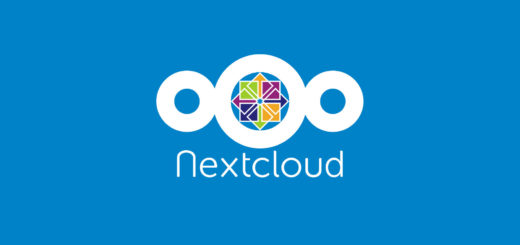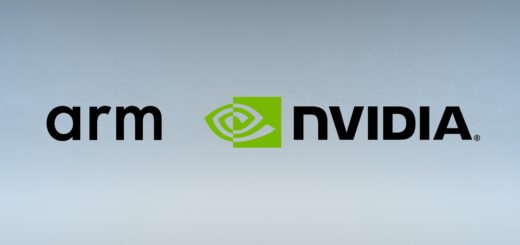Linux 5.0 coming in March, guess what? It’s meaningless

Linux is the pulsating core of the Open Source: an Open Source Kernel. You hear nerds speaking about it, wonder about magical Command Line Wizards, but seldom stop to look at the world’s most famous Kernel releases. Unless there is a major release like 4.0, or 5.0. Then you go and check it, to discover: it’s almost all gibberish and the release doesn’t pack anything “major”. Don’t be upset, Linux 5.0 is meaningless by choice.
Another, meaningless, Linux release
Just like another day goes by, another Linux release is due in March 2019 belonging the 4.* release series. Whoops, erase that. Linux 4.21 will be Linux 5.0. Just like Linux 3.20 became Linux 4.0. But there is no paradigm shift, no new killer feature that will inaugurate the “Year of the Linux Desktop”.
And that’s how it should be according to Linus Torvalds:
The numbering change is not indicative of anything special. If you want to have an official reason, it’s that I ran out of fingers and toes to count on, so 4.21 became 5.0.Linus Torvalds
Is it really… meaningless?
About 50 percent is drivers, 20 percent is architecture updates, 10 percent is tooling, and the remaining 20 percent is all over (documentation, networking, filesystems, header file updates, core kernel code..). Nothing particular stands outLinus Torvalds
No Linux release is meaningless, but the numbering system has long since lost its power. No major release is major in Linux any more. Or is it?
Linux 5.0 new features
- AMD FreeSync Support: it’s been ages since FreeSync has been announced and rumors of Linux support. It seems FreeSync support will finally land in Linux 5.0
- Intel Scalable IOV support: is part of VT-d revision 3.0. It allows better scalability and an overall better performance for virtualized, shared resources.
- The usual plethora of updates regarding unknown and exotic CPUs.
- BTRFS to support swapfiles: swap partitions aren’t uncommon in Linux installations, but the trend leans toward swapfiles. BTRFS hasn’t supported them for internal reasons up until now.
- Retpoline network performance improvements: following the huge Meltdown and Spectre incident, our machines are still paying to make up for those exploits. Networking has been one of the key areas where the patches are heavy. This new patch aim to increase performance up to 10% (for UDP)
- Raspberry PI touchscreen driver has been merged. Makers around the world, rejoice!
- Wireguard, didn’t yet make it in Linux 5.0 although Linus likes it a lot.
Most of the features in this list are thanks to phoronix.com, read Michael’s Larabel summary article about Linux 5.0 for more in-depth features.
- 2020 A year in review for Marksei.com - 30 December 2020
- Red Hat pulls the kill switch on CentOS - 16 December 2020
- OpenZFS 2.0 released: unified ZFS for Linux and BSD - 9 December 2020









Recent Comments